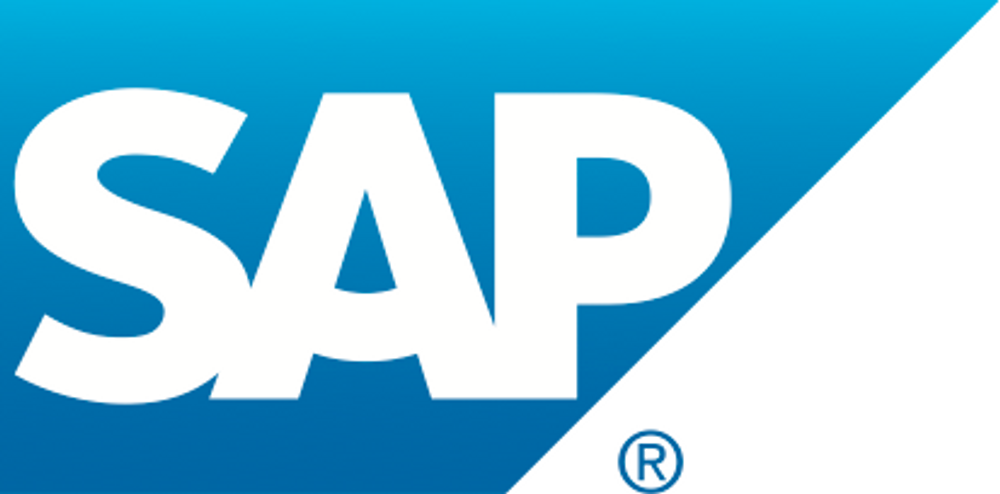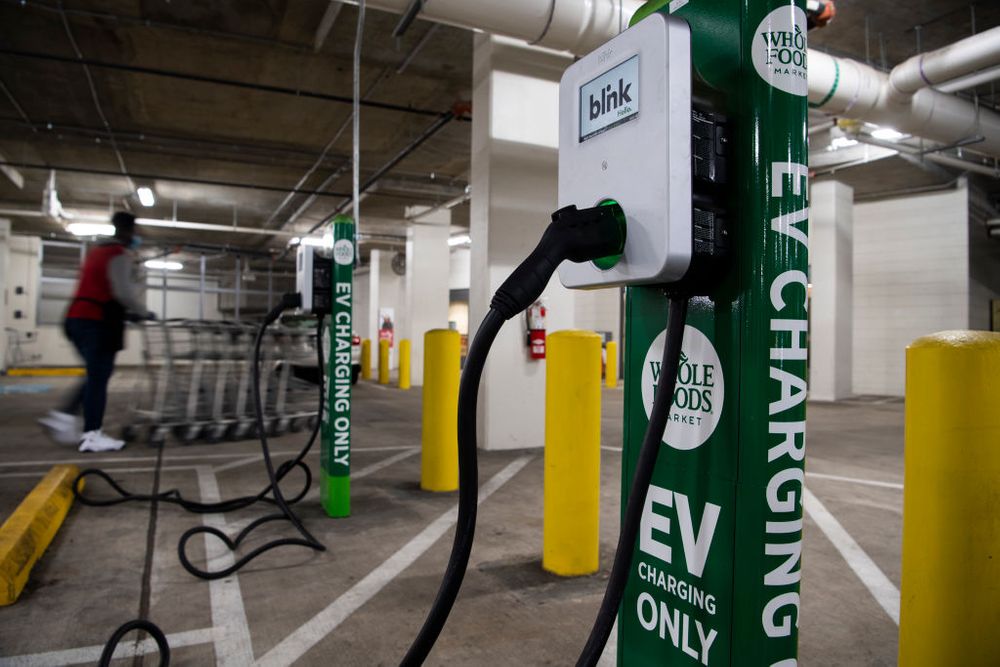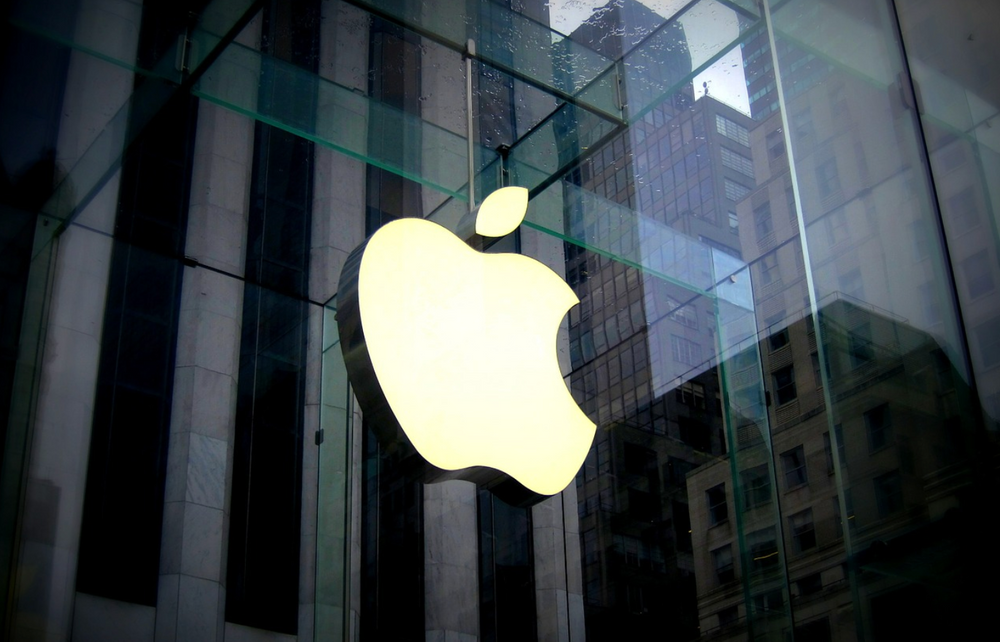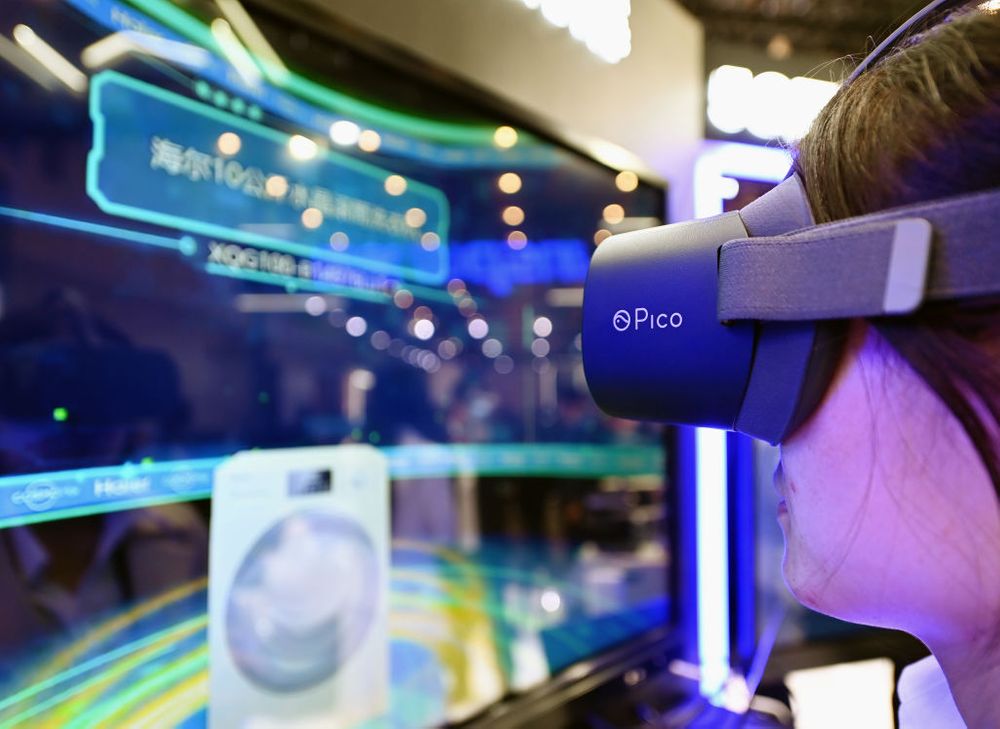|
Good afternoon. Google has once again delayed its plans to return to the office, and at this point, it seems best for companies to pivot away from certainty and toward this guy: ¯\_(ツ)_/¯.
In today’s edition:
 EV charger $$$ EV charger $$$
 Satellite iPhones? Satellite iPhones?
 ByteDance VR ByteDance VR
—Dan McCarthy, Jordan McDonald, Hayden Field
|
|
|
Tom Williams / Getty Images
|
The bipartisan infrastructure bill is nearing the end of its transformation from 2,702 pages of words on paper to $1 trillion in real-life money, earmarked for everything from broadband to bridges.
Last week, House Speaker Nancy Pelosi committed to voting on the legislation by September 27. The bill passed the Senate in early August, and is widely expected to make it through the House and onto President Joe Biden’s desk.
While the bill has a broad license to revitalize US infrastructure, it will serve as a particular catalyst for Biden’s goal of electrifying US transportation. Brendan Jones, president of EV charging network Blink Charging and a 12-year veteran of the US EV industry, told us how things could unfold from here.
- Blink operates a network of 4,616 Level 2 (L2) and Level 3 (L3) public chargers across the US.
Lightning fast
Although there’s a lot of uncertainty, Jones generally expects the money to be disbursed to states according to a formula (based on, for example, some combination of metrics like new car sales), and for state Departments of Transportation to largely take over from there.
- Jones also expects some portion to be set aside for underserved communities.
Once the bill is passed and the funds are distributed to the states, Jones expects things to move quickly. Key phrase: once the bill is passed.
“What we want is quickness—the states need to roll out the money, and we need to get it in the ground, because that money is just a good starting point,” Jones said. “And I think it’s going to be fast. …They’re already planning how they’re going to spend the money when they get it.”
Big picture: While the impending deluge of federal funding will supercharge the US’s EV charging infrastructure, significantly more investment is needed to deliver on Biden’s EV vision.
-
The bill authorizes $7.5 billion to build EV charging stations across the nation, just half of what Biden initially asked for.
-
AlixPartners, a consulting firm, estimated that it will take $50 billion to build a public charging network that can accommodate the US’s needs in 2030.
“If we’re going to really change the carbon footprint of the vehicles in the United States, more is going to be needed after that to keep this thing going,” Jones said. “But then the benefits will pay for themselves over time.”
Click here to read the full story.—DM
|
|
|
Needpix
|
Apple could be taking the concept of working remotely a little too literally, if the rumor mill is to be believed.
The iPhone 13 may be planning to use low earth orbit (LEO) satellites for some communications, according to TF International Securities analyst Kuo Ming-Chi, who has historically broken news about Apple developments. Bloomberg later confirmed that Apple is developing the capability.
- According to Bloomberg, the tech is primarily meant to help users reach emergency services without needing to be connected to a cell tower.
Currently, satellite constellations are mostly relegated to niche IoT applications (e.g., transmitting water quality data from a water pump) or for broadband connectivity projects. For iPhones, LEO functionality could allow users to send texts without 4G and 5G connections—as long as a satellite is overhead.
But, but, but… Connecting iPhones to satellites and cell towers is no easy task, and the design of the iPhone might pose a challenge to the project. And if you were expecting to FaceTime your friends and family from the Yukon, don’t hold your breath.
“Satellite bandwidth is insanely expensive compared to land-based bandwidth,” Sascha Segan, lead mobile analyst at PCMag told Emerging Tech Brew. “Even in Tim Cook’s wildest dreams, these satellite links would only be transmitting tiny amounts of data—emergency messages, safety beacons, that sort of thing.”
Segan said the problem lies in the antenna and transmission power. To reach a satellite, you need a larger antenna and stronger transmitter than what is typically found in an iPhone.
- Most cell phones transmit at around four milliwatts, he explained.
- Meanwhile, a spot satellite communicator—a device that can ping a rescue team from the woods—transmits at 400 milliwatts, and a Garmin satellite phone transmits at 1600.
Bottom line: “Transmitting to the satellites takes a big antenna, and I don’t know where you’d put that in an iPhone body,” Segan said.—JM
|
|
|
|
We’ve all been there. Whether on the strategy side or technical side, making big business moves requires new tech that’s up for the task.
But when it comes down to it, identifying that solution and implementing that solution are two very different things.
But we’re here to help you bridge that gap. Take our quiz sponsored by SAP, Launch This Product, to see if you have the skills needed to take an idea to launch.
It’s snazzy, low stakes, and sprinkled with SAP goodies throughout. They’re the people that businesses use to operate at their best every day around the world. So yeah, they’re pretty darn helpful.
Are you up for the challenge?
Take the quiz.
|
|
|
VCG/Getty Images
|
ByteDance, TikTok’s China–based parent company, is matching Facebook in more ways than one.
In 2020, TikTok overtook Facebook Messenger as the world’s most downloaded app. In July, it became the first non–Facebook-owned app to reach 3 billion downloads. And Monday, ByteDance spent a reported $772 million on its own version of Facebook’s Oculus: Pico, a virtual reality headset company.
Why this is big: Two of the world’s leading VR hardware companies are now owned by social media companies—and each is betting on different regions. While Oculus mostly markets headsets to US consumers, Pico has a foothold in the Chinese consumer VR market, reports TechCrunch.
-
Oculus dominates the global VR market—it accounted for 54% of shipments in 2020, per Counterpoint Research, compared with Pico’s 5%. But it’s early days for VR adoption, meaning the leaderboards could shift in the years to come.
Looking ahead: There’s still a chance Pico could turn greater attention to American eyeballs—it already sells to corporate customers in North America, and Morning Brew–Harris Poll data suggests that there’s room for competition against Facebook’s offering.—HF
|
|
|
Stat: Japan’s Nippon Foundation, which is spearheading Japan’s autonomous ship efforts, wants 50% of the country’s local ships to be crewless by 2040.
Quote: “We’ve seen where this kind of industry control of research leads. It leads to doctors endorsing cigarettes in the 50s and energy companies squashing climate change info in the 80s.”—Stella Biderman to Emerging Tech Brew, discussing large language AI models
Read: The Afghan biometric database left to the Taliban.
Cut through the marketing clutter: From ad tech to career advice, Marketing Brew is the must-have publication whether you’re an agency lifer or just dabbling in PR for your friend’s hard seltzer. Subscribe to Marketing Brew here.
|
|
|
|
Be helpful and human when you talk to your customers and they’ll return the favor. Help Scout is the all-in-one communication platform that lets you manage all your email, chats, and phone calls in one shared inbox. You’ll communicate with customers faster (aka keep them happy), get better results, and build brand loyalty—turning delighted customers into delightful brand advocates. It’s a win-win. Brew readers can get started with a special 60-day extended free trial.
|
|
-
Carnegie Mellon is building a $40 million lab that will attempt to eliminate some of the drudgery involved in scientific work.
-
Facebook will de-emphasize current events and political content in the News Feed.
-
Salvadorans are protesting the decision to accept Bitcoin as legal tender.
-
The White House created a fellowship program to recruit tech talent to government gigs.
-
Amazon, Google, and Microsoft are all vying to build a Palantir-like tool for ICE to use in identifying undocumented workers.
|
|
|
Francis Scialabba
|
We spent a lot of time writing about crypto last month. Time to see if you were paying attention.
Click here to take the quiz.
|
|
|
As automation picks up steam and robots begin to fill roles across industries, economists, politicians, and technologists are asking: What’s going to happen to income tax revenue?
-
The short of it: Human wages are taxed, while companies’ investments in robotics can be deducted. That doesn’t necessarily bode well for the economy.
A handful of leaders, including Bill Gates and New York City Mayor Bill de Blasio, have floated a proposal: Tax the robots. It’s gained steam in recent years, but a new piece from the Brookings Institution argues it’s a bad idea because it’d discourage investment in automation.
|
|
|
Catch up on the top Emerging Tech Brew stories from the past few editions:
|
|
|
Enjoying the newsletter? Share it with your network to take advantage of our rewards program.
When you reach 3 referrals, you'll be invited to Monthly Exclusive Events with our co-founder Alex and the biggest names in business.

Hit the button below to learn more and access your rewards hub.
Click to ShareOr copy & paste your referral link to others:
morningbrew.com/emerging-tech/r/?kid=303a04a9
|
|
|










